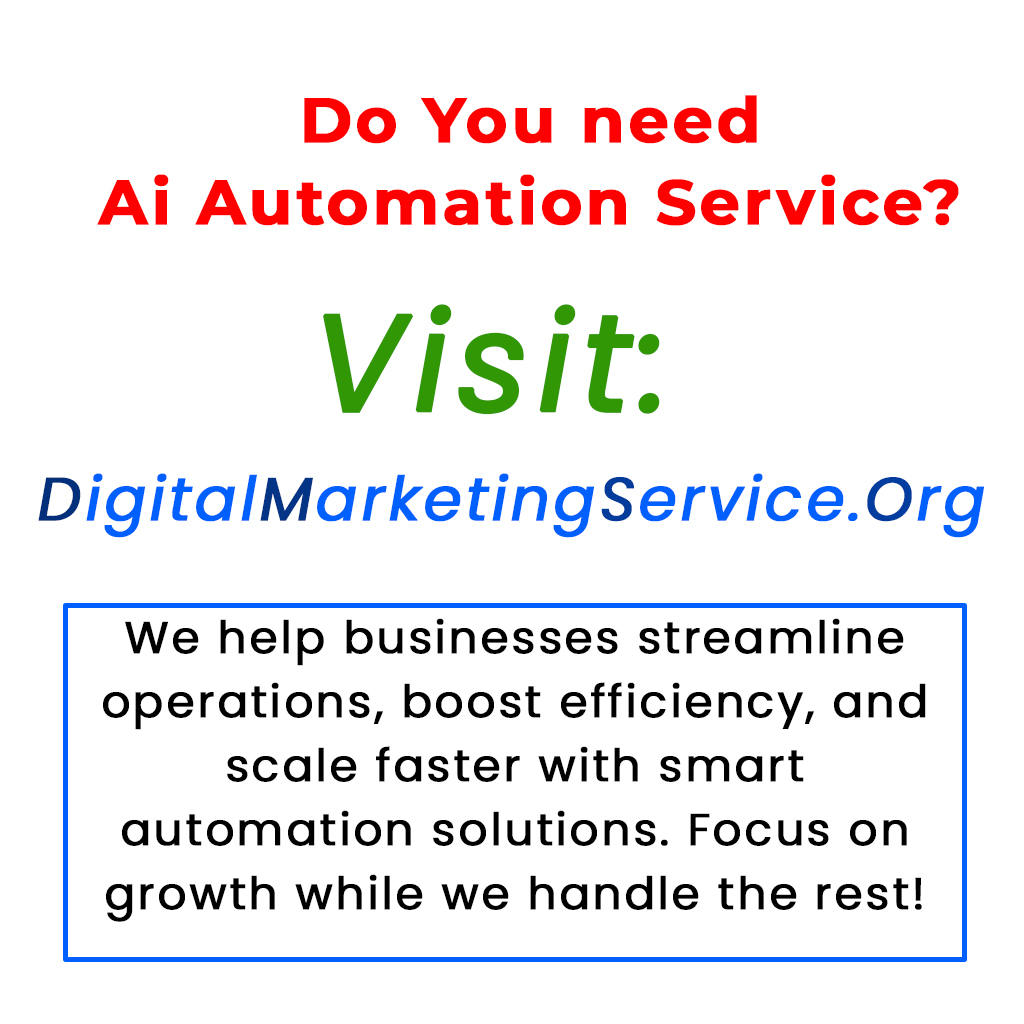The advent of agentic AI promises to revolutionize static networks by making them dynamic and self-optimizing. These smart networks could foresee congestion, adjust traffic routes on their own, and actively defend against cyber threats. However, creating them poses significant challenges, requiring collaboration and expertise beyond what many organizations have. While some will attempt to build their own systems, successful implementations will likely come from partnerships with experienced vendors. Additionally, as enterprises look for the best return on investment, they may shift from generative AI to more established predictive AI applications, blending both technologies for optimal results. Ultimately, companies that recognize these trends will lead in building innovative, efficient networks.
The Evolution of Agentic AI: Transforming Networks Beyond Imagination
Agentic AI is changing how we think about networks. These intelligent systems have the ability to transform static networks into proactive, self-optimizing entities. With the power to anticipate traffic jams, reroute data on their own, and defend against cyber attacks, agentic AI can help create networks that function smarter and more efficiently.
However, incorporating agentic AI into existing systems is not without its challenges. Developing these sophisticated architecture requires collaboration between various AI models, advanced data handling techniques, and a lot of expertise. The current excitement around agentic AI may lead businesses to expect quick results, but the reality is that creating these networks can be complex and time-consuming. Many organizations may struggle to develop their own agentic architectures, while those that succeed will likely be those that partner with experienced vendors and systems integrators. By recognizing their limitations and leveraging expertise, savvy companies can build innovative networks that will set them apart.
In addition to agentic AI, predictive AI is gaining traction in enterprise applications. Currently, businesses are nearly evenly divided on using predictive versus generative AI. However, as organizations start focusing on practical outcomes, it’s expected that predictive AI will take the lead due to its proven success in areas like fraud detection and personalized recommendations. These applications yield measurable returns on investment and are easier to integrate with existing systems.
Interestingly, some organizations might find a way to blend predictive and generative AI. By using predictive AI to enhance the capabilities of generative AI, businesses can create hybrid solutions that leverage the best aspects of both technologies.
Moreover, generative AI still has a significant role to play, especially in customer service. AI-powered contact centers, for example, have shown impressive results, with the potential to increase productivity by 30-45%. These tools can help provide quick answers to customer inquiries or efficiently route calls to the right agents. As these solutions require little technical know-how to implement, companies are likely to adopt AI-powered contact centers in greater numbers by 2025.
In conclusion, while agentic and predictive AI present an exciting frontier for businesses, organizations need to approach these technologies with a clear strategy and a willingness to partner with experienced experts. Those that succeed will undoubtedly have the upper hand in navigating this evolving landscape.
Tags: Agentic AI, Predictive AI, Generative AI, Network Optimization, Customer Service AI, AI in Business.
What is Agentic AI?
Agentic AI refers to artificial intelligence systems that can act independently and make decisions on their own. They have the ability to analyze data and adapt their actions based on the situation.
How can Agentic AI change networks?
Agentic AI can change networks by optimizing processes, improving communication, and enhancing decision-making. It can help systems work more efficiently and react better to issues as they arise.
What does it mean to clear a high hurdle?
Clearing a high hurdle means that Agentic AI needs to meet certain standards or requirements before it can be fully implemented. This may involve proving its reliability, safety, and effectiveness.
What are some challenges faced by Agentic AI?
Some challenges include data privacy concerns, ethical considerations, and the need for transparency. These issues must be addressed to ensure that Agentic AI can be trusted and used effectively.
How will Agentic AI impact the future?
Agentic AI has the potential to revolutionize various fields by automating tasks and providing better insights. Its impact could lead to more innovation, increased productivity, and even new job opportunities in emerging industries.






